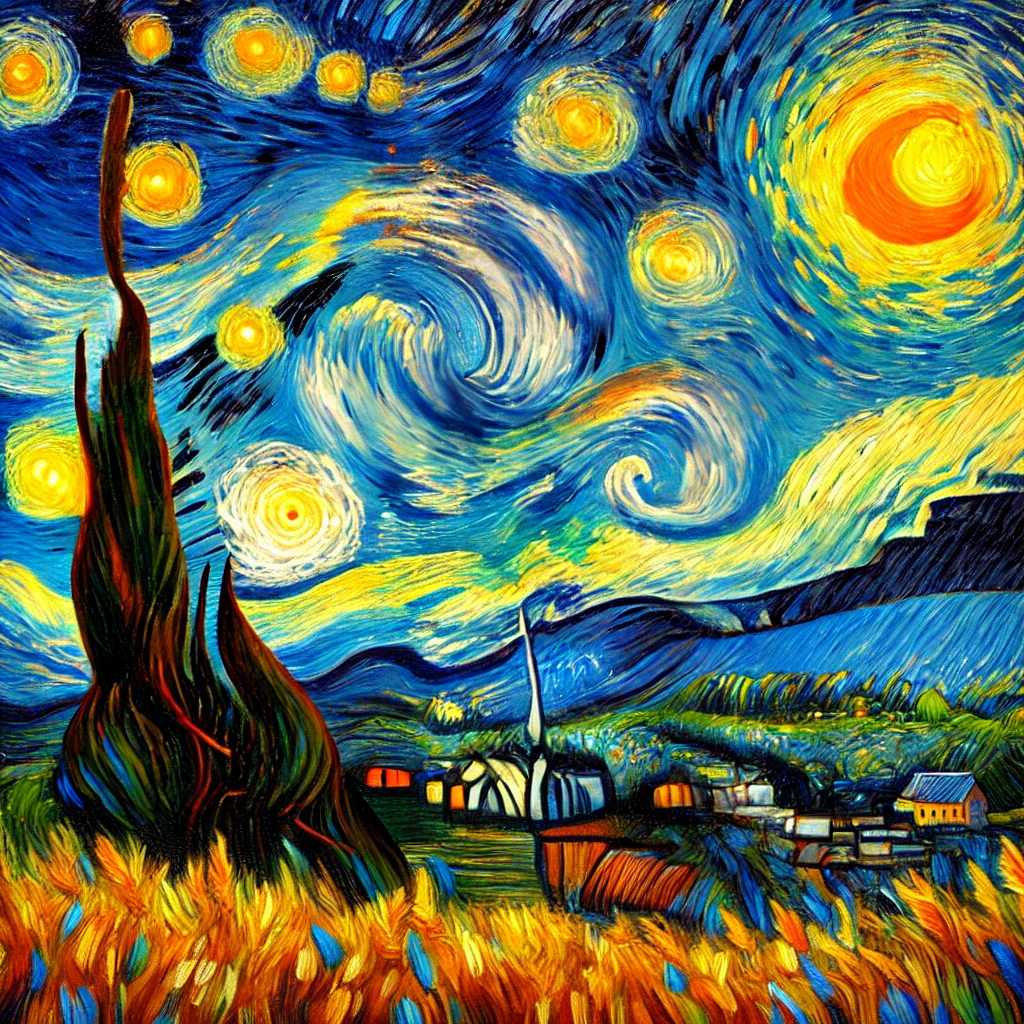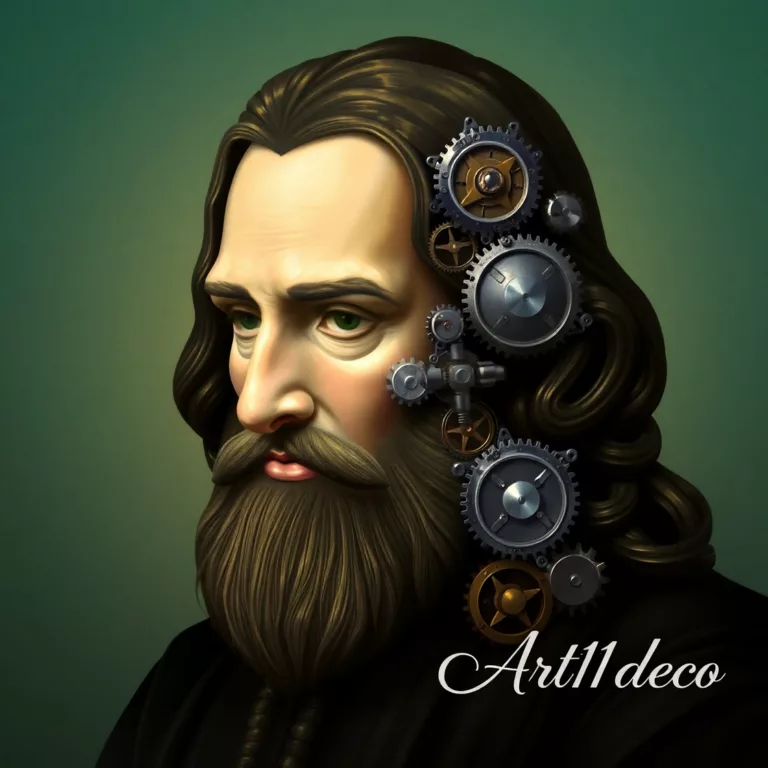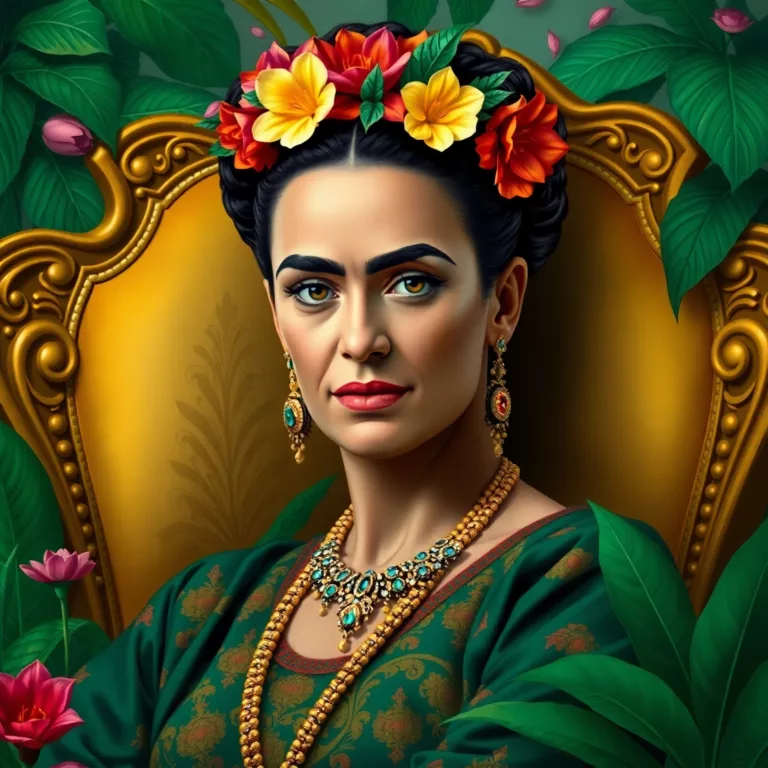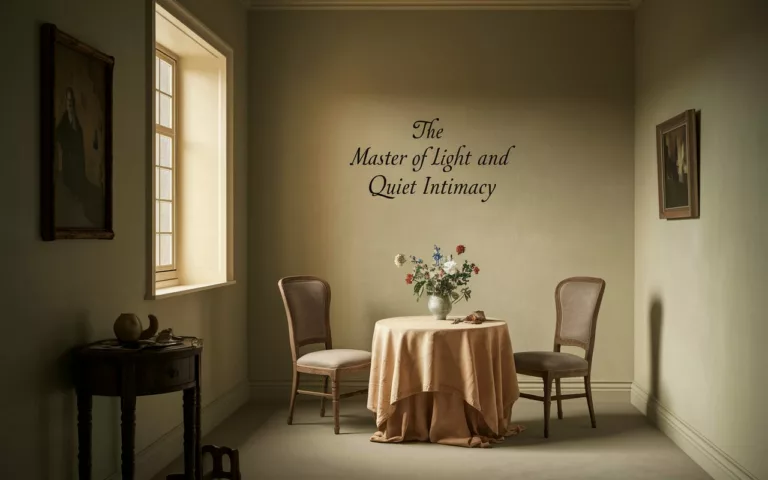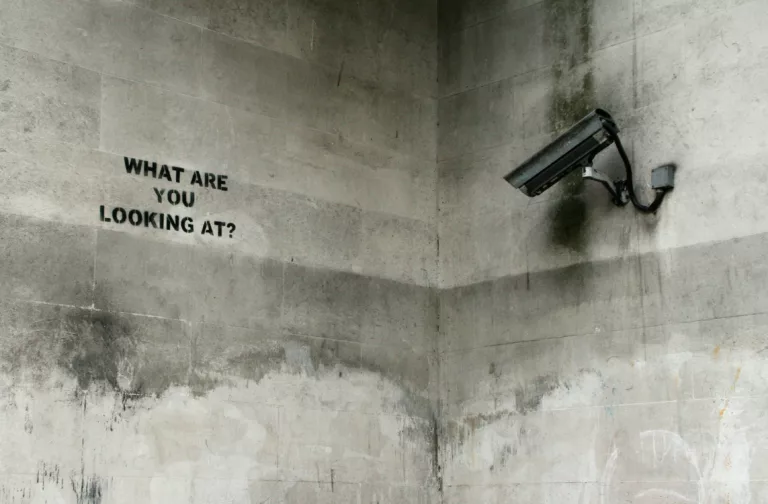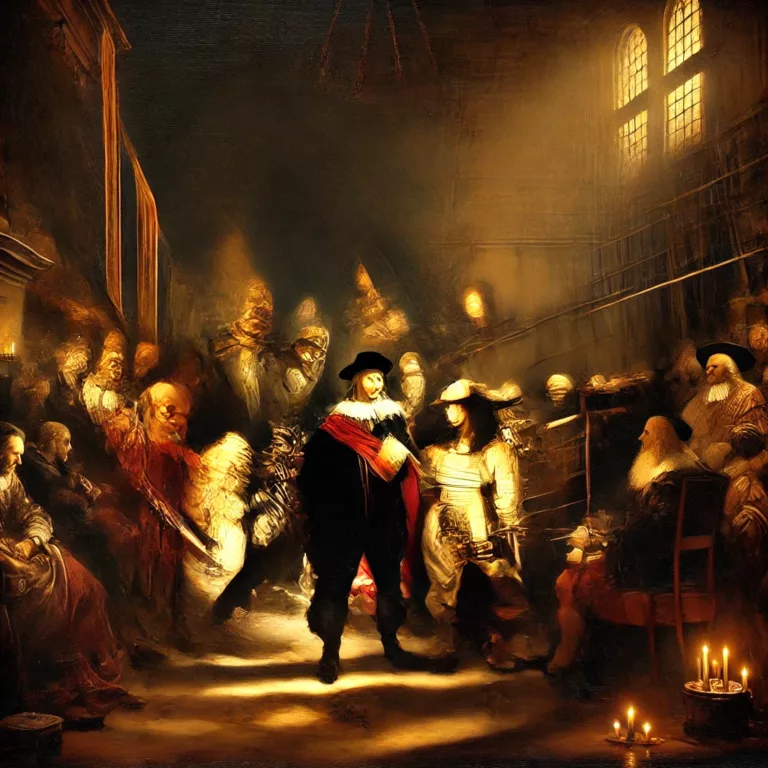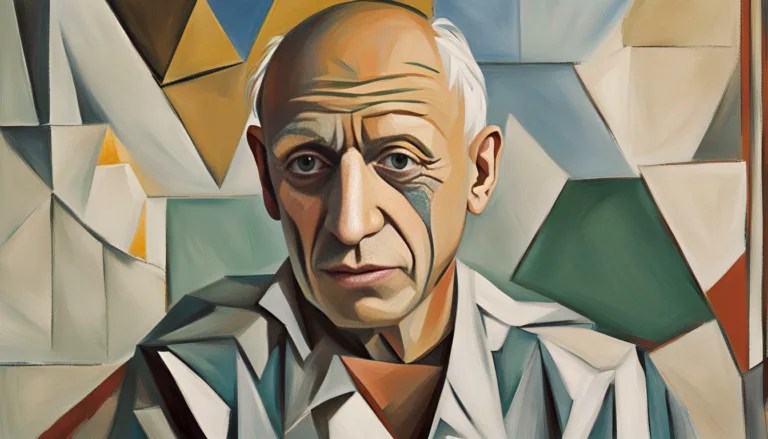Vincent van Gogh: Pain and Creativity in Timeless Paintings
In the pantheon of art history, few figures embody the tragic fusion of genius and torment quite like Vincent van Gogh. The Dutch post-impressionist painter, whose vivid colors and emotional honesty continue to captivate audiences worldwide, lived a mere 37 years—yet in his final decade created over 2,100 artworks that would forever change the landscape of Western art. His story—one of relentless passion, psychological struggle, and posthumous vindication—offers a profound meditation on the relationship between suffering and creativity.
The Unlikely Artist: Early Life and Late Beginnings
Born on March 30, 1853, in the southern Netherlands, Vincent Willem van Gogh began life far removed from the artistic brilliance he would later manifest. The son of a Protestant minister, young Vincent initially pursued paths that seemed appropriately conventional—working for an art dealer, attempting to become a teacher, and even serving as a missionary among Belgian coal miners. These false starts and professional disappointments consumed the first 27 years of his life, with barely a hint of the artistic revolution that stirred within him.
It wasn’t until 1880, remarkably late for a master artist, that Van Gogh decided to pursue art seriously. This belated beginning lends a particular poignancy to his legacy—his genius emerged not from a lifetime of careful training but from an explosive, almost desperate creative period spanning just a decade. As he wrote to his brother Theo: “I want to get to the point where people say of my work: that man feels deeply, that man feels subtly.”
The Crucible of Suffering: Mental Health and Creative Fire
The relationship between Van Gogh’s mental anguish and his artistic brilliance forms the central paradox of his legacy. Modern analyses have suggested various diagnoses: bipolar disorder, epilepsy, borderline personality disorder, or perhaps a combination of conditions exacerbated by malnutrition, overwork, and alcohol abuse (particularly absinthe).
His infamous self-mutilation—cutting off part of his left ear during a psychotic episode in December 1888—has become almost as famous as his sunflowers. Less sensationalized but equally significant were his approximately 30 psychiatric hospitalizations, including a voluntary year-long stay at the asylum in Saint-Rémy-de-Provence, where he created some of his most beloved works, including “The Starry Night.”
The cruel irony of Van Gogh’s condition was that his periods of mental clarity often coincided with furious creative output. During his final 70 days in Auvers-sur-Oise, while under the care of Dr. Paul Gachet, he produced an astonishing 75 paintings—more than one per day—before taking his own life on July 29, 1890.
His letters, particularly those to his brother Theo, reveal the lucidity with which he understood his own condition: “I put my heart and soul into my work, and have lost my mind in the process.” This self-awareness makes his story all the more heartbreaking; he was not unaware of his deterioration but seemed powerless to halt it.
Revolution in Color and Form: Artistic Innovation
What makes Van Gogh’s work so immediately recognizable, so viscerally powerful even to casual observers? The answer lies partly in his revolutionary approach to color and his distinctive brushwork—techniques that broke decisively from academic traditions and helped usher in modern art.
After initially working in the somber earth tones common to Dutch painting, Van Gogh’s palette exploded into vibrant life following his move to Paris in 1886, where he encountered Impressionist and Neo-Impressionist techniques. Influenced by color theory and Japanese woodblock prints, he began using complementary colors to create striking visual tensions—azure blues against fiery oranges, deep violets against luminous yellows.
More radical still was his brushwork: thick, directional strokes that seem to vibrate with kinetic energy. This impasto technique—applying paint so thickly it rises from the canvas—gives his work a three-dimensional quality that reproduductions can never fully capture. Stand before “Wheatfield with Crows” or “The Starry Night” in person, and the swirling, pulsating patterns seem almost alive, creating what critic Robert Hughes called “a direct equivalence between feeling and form.”
The Brotherhood of Paint: Artistic Relationships
The popular image of Van Gogh as a complete solitary genius—the archetypal isolated, misunderstood artist—requires significant revision. Though socially awkward and prone to alienating others, he maintained important artistic dialogues and friendships throughout his career.
His tumultuous friendship with Paul Gauguin, with whom he lived briefly in the infamous “Yellow House” in Arles, profoundly influenced both artists’ work. Their heated arguments about art—whether one should paint from nature or imagination—culminated in the violent confrontation that led to the ear-cutting incident. Yet before this breakdown, their creative exchange pushed Van Gogh toward greater expressiveness and symbolic content.
Less dramatically but perhaps more significantly, Van Gogh maintained lifelong connections with artists like Émile Bernard, Henri de Toulouse-Lautrec, and Anton van Rappard. These relationships provided not only emotional sustenance but intellectual stimulation at critical moments in his development.
The Devoted Brother: Theo van Gogh and Family Support
No account of Vincent’s life can overlook the extraordinary relationship with his younger brother Theo—perhaps the most consequential artistic partnership that never produced a single work of art. As an art dealer in Paris, Theo provided not just financial support but emotional sustenance and professional connections throughout Vincent’s career.
The approximately 650 letters exchanged between the brothers constitute one of the most extraordinary literary correspondences in art history—a document not just of Vincent’s artistic theories but of fraternal devotion that transcended conventional boundaries. In these letters, we witness Vincent’s intellectual development, spiritual struggles, and personal demons with unfiltered honesty.
Theo’s unwavering faith in his brother’s talent—even when no one else shared it—sustained Vincent through his darkest periods. When Vincent died from a self-inflicted gunshot wound in 1890, a grief-stricken Theo succumbed to illness just six months later. They now lie buried side by side in Auvers-sur-Oise, their bond unbroken by death.
The Empty Coffers: Commercial Failure and Posthumous Success
The stark economic reality of Van Gogh’s life adds another layer of tragedy to his biography: he sold exactly one painting during his lifetime. “The Red Vineyard,” purchased by Belgian artist Anna Boch for 400 francs (roughly $2,000 in today’s currency), represents the sole commercial validation he received.
This commercial failure wasn’t for lack of exposure—Theo diligently promoted his brother’s work through his gallery connections—but reflected how radically Vincent’s vision departed from contemporary taste. The intense colors, emotional expressiveness, and unconventional technique that would later make him beloved simply appeared too strange, too raw for 19th-century buyers.
The cruel irony of his posthumous success would not be lost on Vincent, who struggled perpetually with financial insecurity. Today, his paintings command among the highest prices in art history—”Portrait of Dr. Gachet” sold for $82.5 million in 1990 (approximately $180 million in today’s dollars), while “Portrait of Joseph Roulin” was acquired by the Museum of Modern Art in a private sale estimated at $100-125 million.
The Mythmaking Machine: Van Gogh in Popular Culture
Few artists have been so thoroughly mythologized in popular culture as Van Gogh. From Irving Stone’s biographical novel “Lust for Life” (1934) and its film adaptation starring Kirk Douglas, to Don McLean’s haunting song “Vincent” (1971) with its refrain “this world was never meant for one as beautiful as you,” Van Gogh has become the archetypal tortured artist—a shorthand for the idea that great art requires great suffering.
This romanticization, while understandable, often obscures the disciplined craftsman behind the legend. Van Gogh was no untutored savant but a serious student of art who copied old masters, studied color theory, and consciously developed his technique through relentless practice. As he wrote to Theo: “Great things are not done by impulse, but by a series of small things brought together.”
The popular focus on his mental illness similarly distorts our understanding of his work, suggesting his paintings were merely symptoms of his condition rather than conscious artistic choices. While his psychological state certainly influenced his art, reducing his achievement to his diagnosis does a disservice to his agency and intelligence as an artist.
The Visionary Eye: Van Gogh’s Lasting Influence
Van Gogh’s influence on subsequent generations of artists can hardly be overstated. The Expressionists, particularly the German group Die Brücke, drew direct inspiration from his emotional intensity and bold color choices. Fauvists like Henri Matisse expanded on his liberation of color from strictly representational purposes. Even abstract painters like Willem de Kooning acknowledged a debt to Van Gogh’s dynamic brushwork.
Beyond specific movements, Van Gogh’s legacy includes the very idea that art should express the artist’s emotional and psychological interior—that paintings might be not just representations of the external world but windows into the human soul. His work helped shift the center of artistic gravity from objective observation toward subjective expression, paving the way for the explorations of the unconscious that would dominate 20th-century art.
The Enduring Works: Masterpieces That Transcend Time
What ultimately matters most is the work itself—paintings of such visceral power they continue to move viewers more than 130 years after their creation. Consider a partial catalog of his masterpieces:
- The Potato Eaters (1885): His early masterpiece depicting peasant life in somber earth tones
- Sunflowers (1888-89): The series of vibrant floral still lifes that perfectly capture his color theory
- The Yellow House (1888): His optimistic vision of an artists’ community in Arles
- Café Terrace at Night (1888): The magical nocturnal scene with its starry sky and glowing terrace
- The Bedroom (1888): The disarmingly simple yet psychologically complex depiction of his own room
- The Starry Night (1889): Perhaps his most famous work, painted from the asylum window, with its swirling cosmic energy
- Irises (1889): The delicate yet vibrant garden scene created during his stay at Saint-Rémy
- Wheatfield with Crows (1890): Often interpreted as a premonition of his death, with its threatening sky and dead-end path
Each represents not just a masterpiece of technique but a profound emotional statement—works that, in critic Robert Hughes’ words, “come at you directly, bypassing theories and engaging your senses, your empathy, and your fears.”
The Human Connection: Why Van Gogh Still Matters
In an era of conceptual complexity and digital distance, Van Gogh’s work retains a peculiar power to connect with viewers on a visceral, emotional level. Part of this appeal lies in the accessibility of his subjects—flowers, landscapes, portraits, and humble interiors rendered with extraordinary intensity but without obscure symbolism or academic references.
More profoundly, his work speaks to universal human experiences: the beauty of nature, the dignity of ordinary people, the struggle against despair, and the yearning for connection. As he wrote, “I want to touch people with my art. I want them to say: ‘he feels deeply, he feels tenderly.'” In this most fundamental ambition, he succeeded beyond measure.
Van Gogh’s tragic life story has undoubtedly contributed to his posthumous fame, but it would be a mistake to think his paintings are beloved merely because of biographical interest. They stand on their own as works of overwhelming visual power and emotional resonance—windows not just into one troubled mind but into the universal human condition.
In the end, perhaps the most moving aspect of Van Gogh’s legacy is the triumph it represents over suffering and neglect. A man who received almost no recognition in life has achieved a kind of immortality through his art. The hands that applied those passionate brushstrokes have long since returned to dust, but the vision they expressed continues to illuminate our world, reminding us of art’s power to transform pain into beauty and isolation into connection—to make, as he wrote in his final letter, “life more interesting than it is in itself.”
Art11deco

